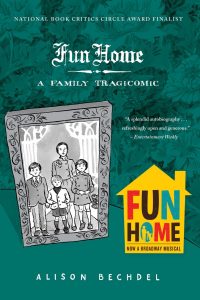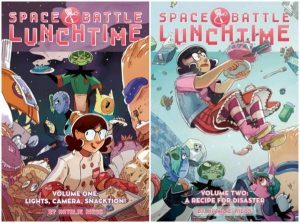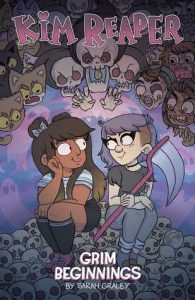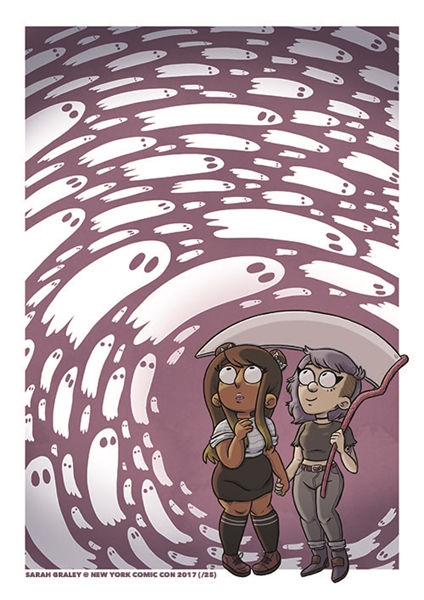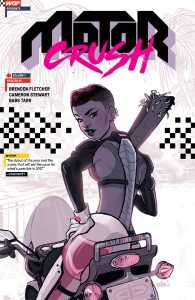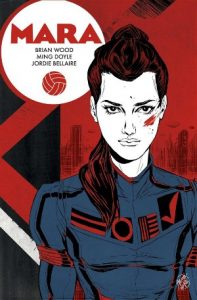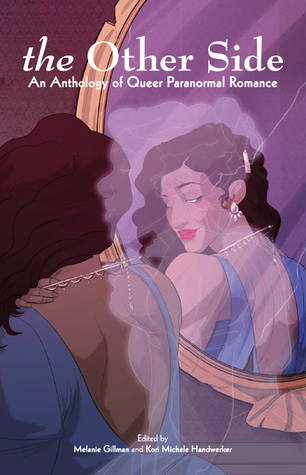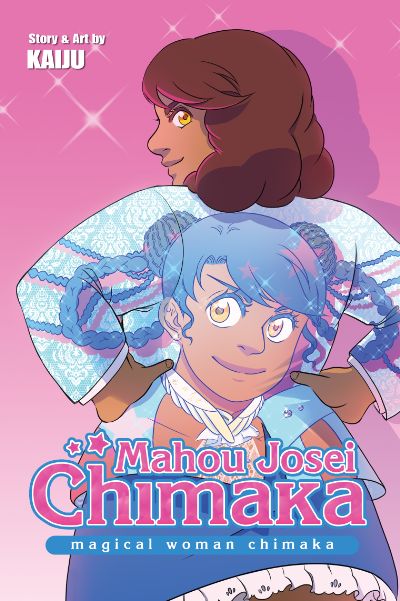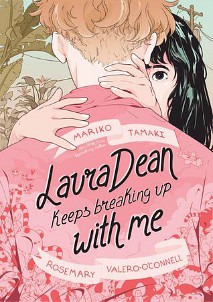 CW: teen pregnancy & abortion, minor homophobia.
CW: teen pregnancy & abortion, minor homophobia.
I fell in love with Tamaki’s writing in female helmed superhero comics like She-Hulk. I was over the moon to hear she had a queer graphic novel coming out, and Laura Dean Keeps Breaking Up With Me is packed with queer representation.
Frederica “Freddy” Riley is an average high school student in Berkeley, CA and is in a relationship that reminded me of my first year of college, to the dawn of Facebook’s “it’s complicated” status. As it says on the tin, her girlfriend, Laura Dean, keeps breaking up with her.
Laura Dean is aloof and popular–actually, she might be the most popular girl in school. I would also call her a player. Our first introduction to her is Freddy walking in on her making out with another girl at a school dance. She is always dropping in on her own timeline and jetting off in a hurry without regard for anyone else. But there is just something about her Freddy can’t quit.
I find graphic novels often are an easy to read and quickly consumable format. Coming from the colorful world of comics, the black and white illustration style of this took a touch to get used to, but Valero-O’Connell’s illustrations are gorgeous and full of diverse bodies, races, and personal styles. The one complaint I have about the formatting is sometimes the dialogue bubbles are hard to track and there is a lot of directional gymnastics, which slowed me down and detracted from the story. That said, the intrigue and page turning quality came from wanting to know how Freddy was going to resolve the mess of a relationship she had with Laura.
Freddie has a fantastic squad. Eric and Buddy, friends who are also a gay couple, best friend Doodle, plus other queers like newfound friend Val, and her boss at Gertrude’s cafe make up the lovely supporting cast. I enjoyed how the story explored how relationships that have toxic elements end up having a ripple effect throughout your life, and that Freddie has the opportunity to change the course she’s headed down.
Along Freddie’s journey to resolve her relationship issues, Tamaki seamlessly works in relevant teen topics such as: consent; contraceptives; what it means to come out and the consequences queer people have faced for living life openly; teen pregnancy & abortion; and friendships as primary relationships. Tamaki integrates cell phones and texting into the story in a way that reflects reality but doesn’t seem like social commentary on technology.
The dialogue felt real and lived in, and I would have loved to find this book at 17. If you like graphic novels, and/or Tamaki’s other work I would definitely give this a read. If you know anyone under 20 who has come out or is struggle with navigating their late teens, this would make a great gift.



